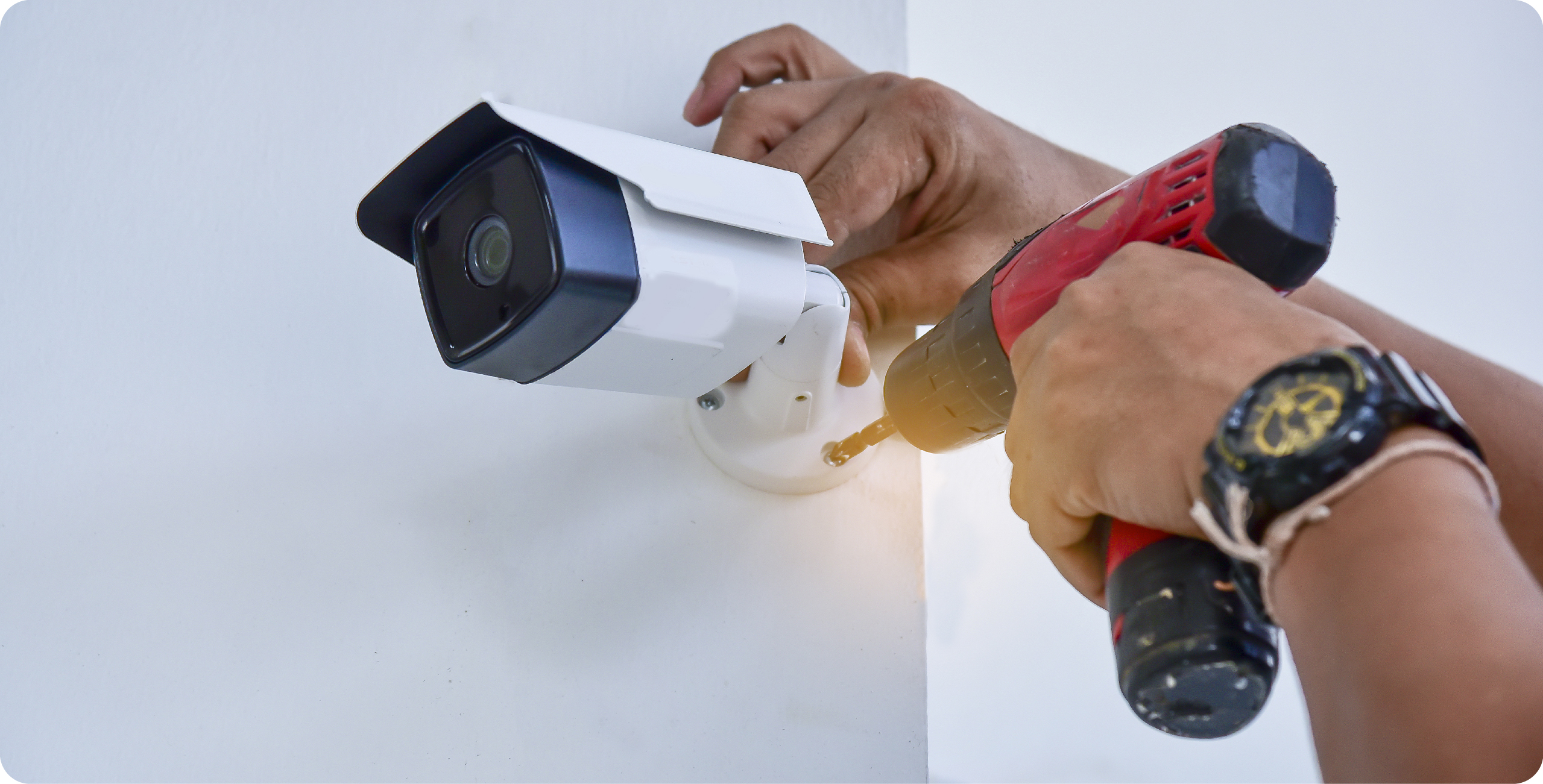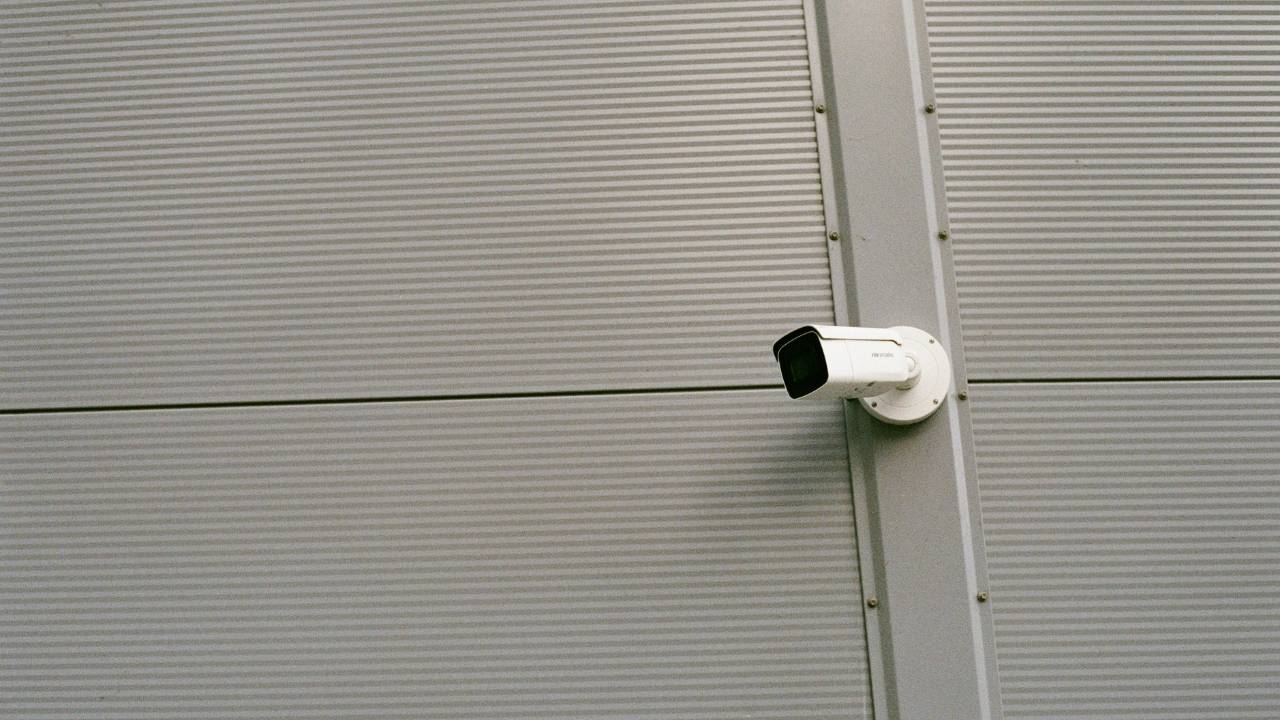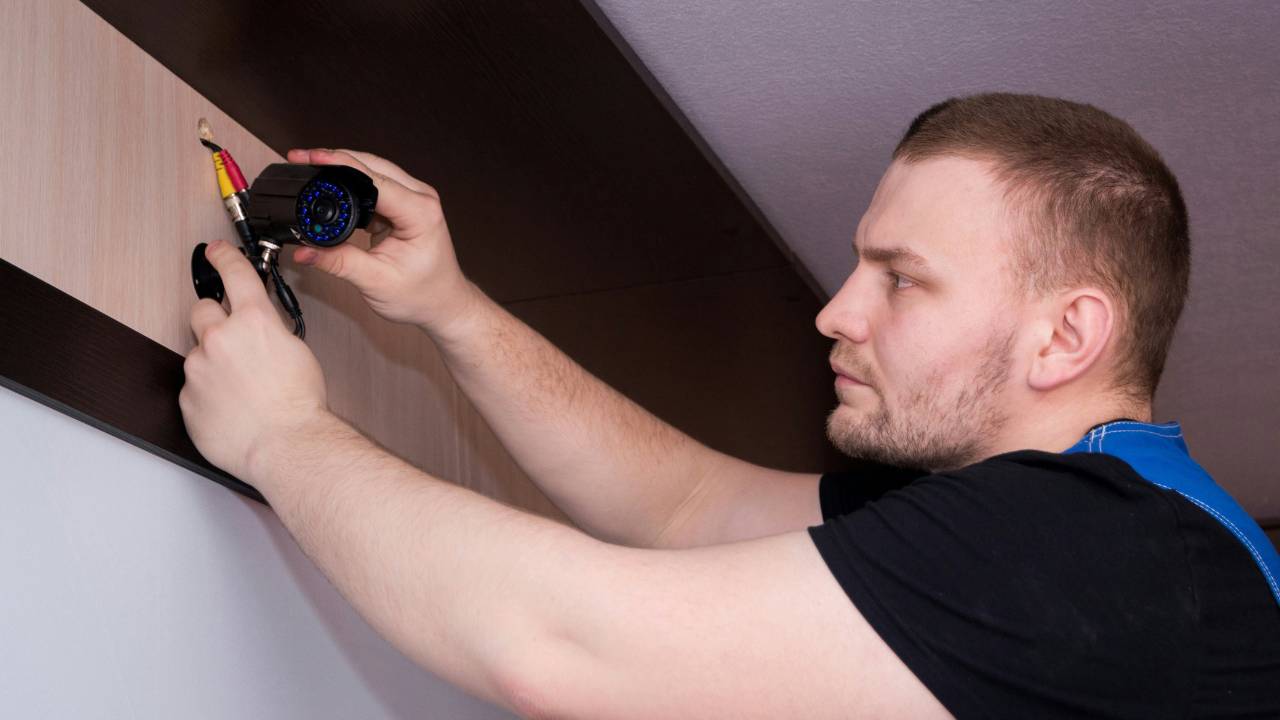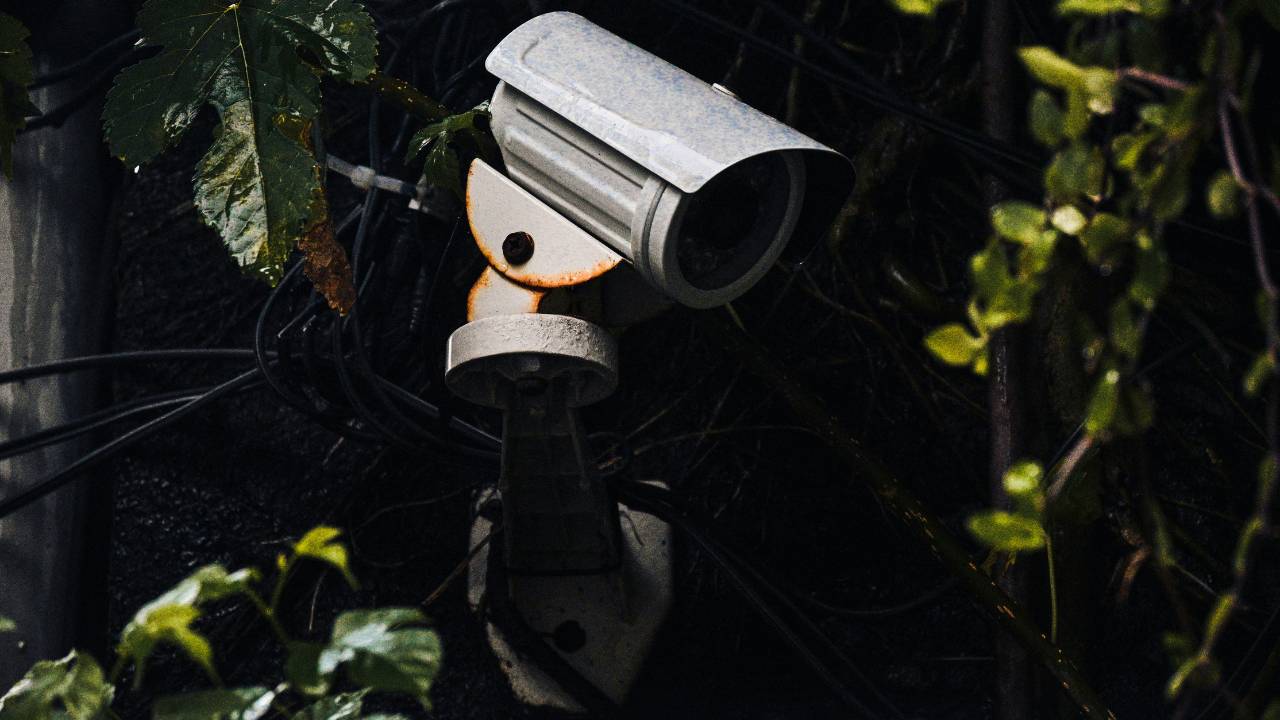
Closed-circuit television (CCTV) has become an integral part of modern security, both for public spaces and private residences. With its proliferation, a number of myths and misconceptions have surfaced, particularly fuelled by social media and misinformation. It is essential for society to differentiate between what CCTVs are truly capable of and the exaggerations that often circulate. This ensures not only that individuals have a realistic expectation of their security systems but also helps in understanding how home security monitoring works.
One common myth suggests that surveillance cameras constantly violate privacy rights, creating a society where everyone is being watched at all times. In reality, CCTV use is typically governed by strict regulations that balance the need for security with the rights to privacy. These systems are designed to monitor for safety purposes, and their deployment is often subject to oversight to prevent misuse.
It is crucial, therefore, for potential users to possess accurate knowledge about the capabilities and legalities surrounding the optimal CCTV system. Misconceptions can lead to either an unfounded sense of security or an unwarranted fear of surveillance overreach. Informed decisions based on facts rather than fiction can help everyone from homeowners to city planners implement CCTV systems that are effective, respectful of privacy, and a proper fit for the intended security purposes.
The technological landscape of CCTV has greatly advanced, enhancing the efficacy and accessibility of surveillance.
Closed-Circuit Television (CCTV) technology has undergone significant changes since its inception in the late 1940s, when it was primarily used for government and military applications. Advancements in technology have subsequently transformed analogue systems—characterised by low-resolution black and white footage—to digital systems which capture high-definition colour video. The introduction of the Video Cassette Recorder (VCR) in the 1970s revolutionised storage capabilities, but it was the transition to Digital Video Recorders (DVRs) in the late 1990s that substantially increased storage efficiency and retrieval. This evolution has played a vital role in increasing the benefits of CCTV systems, making them a ubiquitous tool in security.
In more recent years, the CCTV industry has experienced rapid technological updates, further improving the performance and accessibility of these systems. Advancements in camera resolution, leading to the development of 4K cameras and beyond, allow for sharp and clear images. Integration with Internet Protocol (IP) has made remote monitoring possible, where cameras can be accessed and controlled via smartphones and laptops. This has made CCTV systems vastly more intelligent and interconnected. Choosing the best business CCTV system requires factoring in emergent innovations like IP connectivity, improved optics and smart detection algorithms to future proof security.

The perception that wireless CCTV systems are innately more advanced than their wired counterparts stems from the convenience they offer in terms of installation and mobility. Contrary to popular belief, ‘advanced’ is a relative term that should be considered within the context of CCTV utility, security, and performance.
Wireless CCTV systems do benefit from a lack of physical cables needed for connections, making them easier to install and relocate. This can reduce initial setup costs and allows for greater flexibility in camera placement. However, it is erroneous to equate these conveniences with overall superiority.
In terms of reliability and uninterrupted footage, wired systems hold a significant advantage. By being connected via cables, they are less prone to interference and are not limited by bandwidth constraints which can affect the quality of wireless feeds. Wired systems typically provide more stable and consistent video quality, especially for high-definition output.
Wireless systems are susceptible to different types of cyber threats due to their reliance on internet or local network connectivity. This can pose increased security risks, where indiscriminate data access and breaches could compromise system integrity.
Furthermore, wired CCTV setups can also support the latest technologies in surveillance, including high-definition video, AI-driven analytics, and thermal imaging. This fact dispels the myth that these systems are less advanced; rather, advancement is determined more by the features and technologies incorporated into the system, rather than the mode of data transmission itself.
In the debate about Closed-circuit television (CCTV), it’s often claimed that these systems are prohibitively expensive. This notion warrants scrutiny as it may deter individuals and businesses from considering an investment that could significantly enhance their security.
The initial cost of CCTV, while not negligible, varies depending on the type of system chosen:
Prices have become more competitive due to technological advancements, with a range of products available to suit various budgets.
Ongoing costs for CCTV are often overstated. They include:
These costs are typically manageable and can be considered an investment in property protection.
CCTV can offer tangible ROI through:
The argument that CCTV is unaffordable doesn’t hold when one considers technology’s progress. Systems have become more cost-effective because:
While the perception persists that CCTV systems are too expensive, an examination of direct costs, potential savings, and technological trends demonstrates that it is more accessible than many believe.

It’s a common belief that if someone is tech-savvy, they are well-suited to install your CCTV system. This belief can be misguided and could potentially lead to inadequate installation, security breaches, and unforeseen costs. Relying on a friend with limited or no experience in installing security systems can negate the value of having CCTV in the first place.
Enlisting the help of a trained professional to install your CCTV system is an investment in long-term reliability and effectiveness. It ensures compliance with legal standards, maintains device warranties, and protects both the property and the owner’s liability.
The belief that CCTV (Closed Circuit Television) is ineffective persists despite evidence to the contrary. It’s crucial to recognise that CCTV, when utilised properly, serves as a proactive tool for crime prevention. Various studies have found that the presence of CCTV cameras correlates with reduced crime rates in those areas.
Avigilon Security, a distinguished Canadian brand known for its high-definition surveillance systems, have been highly recommended across numerous sectors. They offer advanced features such as facial recognition and unusual movement detection, which enhance security measures. Their cameras have been confirmed as effective in deterring potential offenders by increasing the perceived risk of capture.
In retail, the deployment of CCTV cameras leads to a reduction in shoplifting. Cameras positioned at strategic points help store staff in real-time monitoring, and recorded footage can be vital in post-event investigations. In urban settings, CCTV aids law enforcement by providing critical evidence and can often lead to the identification and apprehension of criminals.
Moreover, the psychological effect of CCTV on individuals cannot be underestimated. The knowledge that one is under surveillance tends to encourage lawful behaviour, thereby contributing to the overall security of a community. In workplaces, this translates into not just security benefits but also enhanced employee productivity.
The effectiveness of CCTV systems hinges on strategic placement, proper maintenance, and integration with other security measures. When taken together, these aspects refute the myth that CCTV is not effective and rather underscore its significance as part of a comprehensive security strategy.
Within the realm of home and business safety, the belief persists that security systems, especially CCTV, present a challenge in operation. However, advancements in technology have streamlined user interfaces, making these systems far more accessible than many realise.
Modern security systems now often come with intuitive software that guides users through setup and daily use. Features are clearly defined, and functions like viewing live feeds, playing back recorded footage, and exporting video files have become straightforward processes. Additionally, the incorporation of mobile applications allows users to monitor their CCTV remotely, ensuring they can react swiftly to any alerts or incidents.
When it comes to more advanced features such as video redaction, which is crucial for maintaining privacy and compliance with regulations, software developers have created simplified tools within the systems that enable users to manage this process without requiring specialised knowledge.
For those less familiar with technological devices, customer support services provided by manufacturers play a critical role. These services often include detailed manuals, online how-to guides, video tutorials, and customer helplines, all aimed at ensuring users can efficiently manage their security systems without undue stress.
Furthermore, many systems are now designed to perform automatic updates and self-maintenance checks, thereby reducing the technical burden on the user and minimising the chance of user error. This proactive approach to system design mitigates fears of complexity and technological challenges, assuring prospective users that modern CCTV systems are user-friendly and easily integrated into daily routines.

The belief that Closed Circuit Television (CCTV) systems provide comprehensive security for properties is a common misconception. While CCTV plays a vital role in surveillance and deterrence, its effectiveness as a lone security measure is limited.
CCTV’s strengths lie in its ability to monitor activities in real-time and record footage for future reference. This visual documentation can be crucial for identifying trespassers and collecting evidence during investigations. However, cameras on their own cannot physically stop a crime from occurring.
In addition to CCTV, a robust security strategy typically includes a combination of measures. An intruder alarm is particularly effective, serving as an immediate response to a breach. The alarm not only alerts the property owner and security personnel but can also scare off potential intruders.
Moreover, physical security controls such as locks, access control systems, and security personnel should be integrated into the property’s protection plan. Facility managers can refer to our safety and security checklist to verify compliance with security measures.
CCTV systems contribute significantly to property security, but they should be viewed as a part of a wider security system rather than a sole solution. Proper integration with other security measures, such as intruder alarms, enhances the overall effectiveness of protecting a property from unlawful entry and other security risks.
With the landscape of surveillance technology constantly advancing, this section explores the prospective benefits and hurdles associated with CCTV innovations. It will shed light on interesting CCTV facts by examining the evolving threats to security and the cutting-edge technologies emerging within the realm of CCTV.
As the threats to security become more sophisticated, so must the countermeasures implemented within CCTV systems. Collaboration between technology developers and security experts is crucial to ensure that CCTV remains a successful tool against emerging dangers. For instance, the integration of machine learning algorithms into surveillance technology allows for the quick identification of unusual patterns that could signal a security breach. Regulatory challenges also arise, as the need for effective communication between governing bodies and technology providers is paramount to balance privacy concerns with security needs.
The possibilities for future advancements in CCTV technology present a plethora of opportunities. Utilising artificial intelligence (AI) and facial recognition, CCTV systems can greatly enhance their operational efficiency and their capacity to aid in real-time decision making. An emergent focus is placed on the enhancement of video analytics, which can dissect complex scenarios and extract valuable insights without requiring human intervention. This underscores not only an evolution of technology but also a transformation in how surveillance data is communicated and actioned. Moreover, as these technologies develop, so does the need for robust data protection measures to ensure the privacy of individuals is safeguarded.
CCTV technology is integral to global security systems, but it’s essential to dispel misconceptions.
Privacy concerns are addressed by regulations, and organizations must be transparent about CCTV use. While it deters crime, it primarily aids in post-incident identification.
Not all systems offer high resolution, depending on equipment and conditions. Understanding these limitations and benefits is crucial for informed implementation.
Stakeholders should invest in training and maintenance for effective CCTV use, and collaboration between the public and providers is key to maintaining a balance between safety, security, and personal privacy.
Whether you need free advice or customised quotes, our team of experts can help. Contact us today for further information.